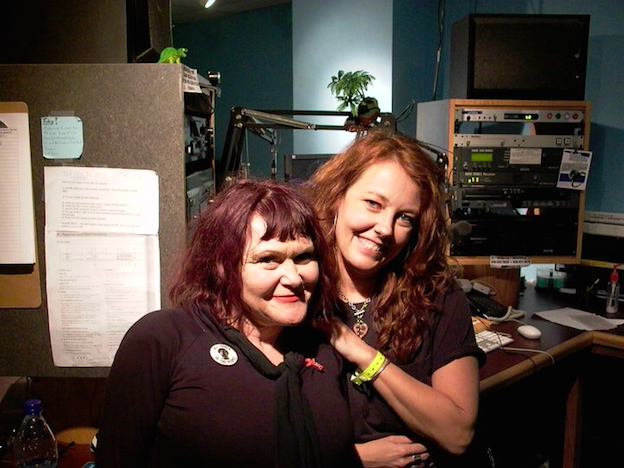Tag: LPFM
Changes to FCC licensing standards lay groundwork for new radio filing windows
Based on staff workloads and other FCC deadlines, a window for new noncommercial educational stations could open as early as next summer. ...FCC gives green light to revising rules governing LPFMs, other noncoms
“We're aiming to provide greater clarity to broadcast applicants and thus make the process easier for them, deliver more new services to ...Las Vegas LPFM sues CPB over denial of grant
The president of Las Vegas Public Radio is asking for punitive damages of $1.7 million as well as other monetary damages.Coloradan seeks to serve fellow immigrants with low-power FM station
KETO will broadcast in a variety of languages, aiming to help newcomers assimilate to life in their new country.Southern nonprofit looks to start news outlet for social justice coverage
Development is in early stages for the project, which will involve community radio stations in the region.New low-power stations prepare for launch in D.C. area
They’re just two of many stations preparing to sign on across the country.Weekly roundup: Infinite Dial, low-power FM, native advertising
And more links and news you might have missed this week.Former Nashville radio station finds new life as low-power FM
A forthcoming low-power FM station in Nashville, Tenn., aims to revive the spirit of a Vanderbilt University student-run station.Wednesday roundup: WDET gets Knight support; Garfield interviews geniuses
Plus: A Phoenix LPFM changes format; advice for community radio stations.FCC staff reports fast clip for processing of LPFM apps
FCC commissioners got an update Friday on the status of low-power FM applications, six months after the closing of the most recent ...FCC extends deadline for LPFM applications
The FCC has set a new deadline for applicants seeking licenses for low-power FM stations, agreeing to keep its filing window open ...FCC Chair Genachowski announces resignation
Julius Genachowski, FCC chairman since 2009, told commission employees this morning that he’ll be departing “in the coming weeks.”FCC will allow low-power FMs in urban markets, accept applications in October 2013
The FCC adopted new rules today regarding low-power FM stations, paving the way to accept a wave of applications for new LPFMs ...Chicago Public Media to purchase Radio Arte
Chicago Public Media is paying $450,000 to buy Radio Arte, a low-power station programmed by and for Latino youth and operated by ...FCC to clear translator backlog, create new LPFMs
The FCC took another step March 19 toward licensing more low-power FM stations, a move long advocated by community radio leaders. The ...









